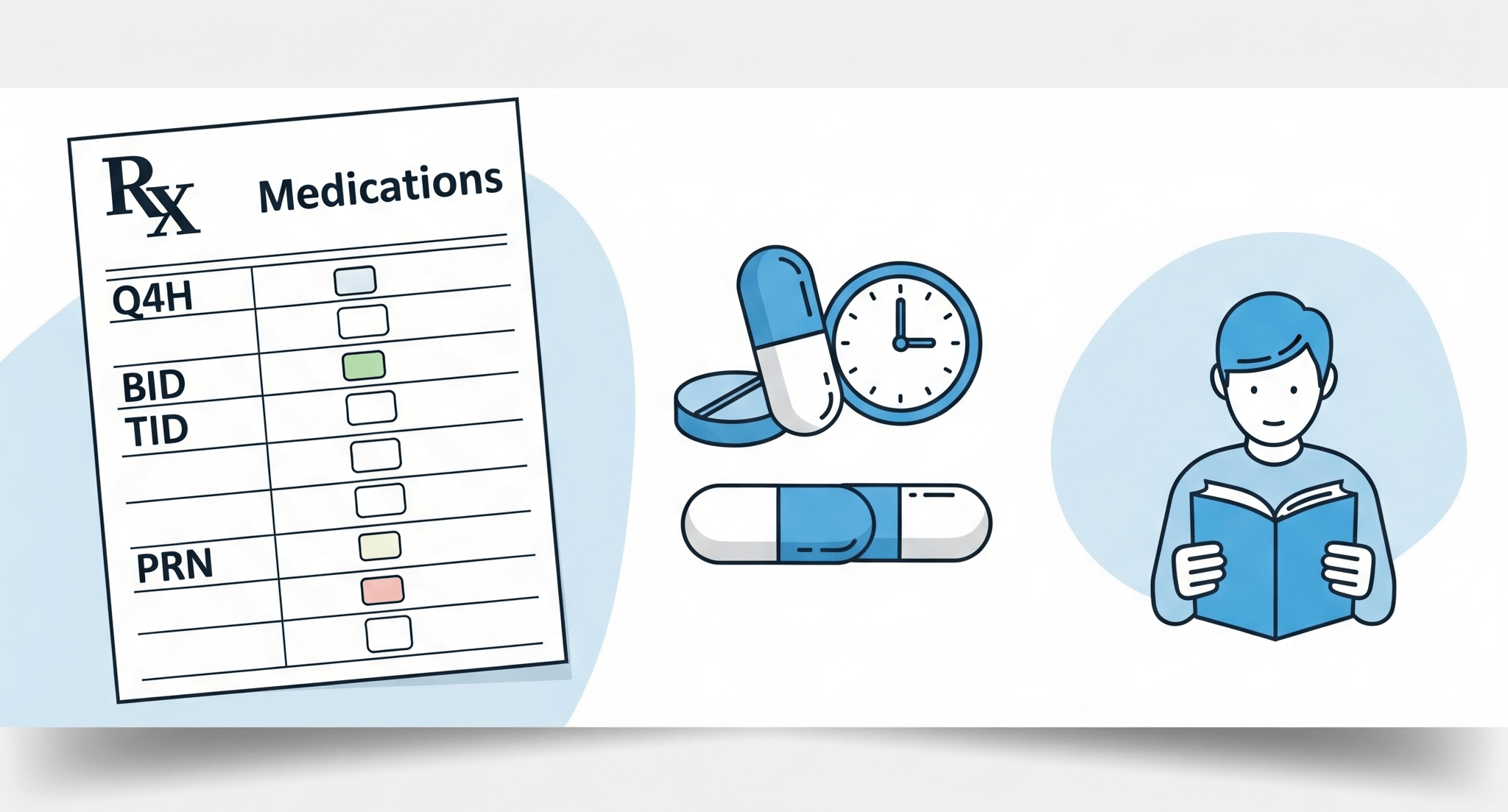Introduction
Hospitals across the U.S. are reporting sharp increases in flu-related admissions, alongside steady cases of new COVID-19 variants. It’s not the typical seasonal surge—this year’s viral spread is happening faster, hitting both children and older adults earlier than expected. Public health agencies are urging people to get updated flu and COVID-19 vaccines as soon as possible.
Flu Season Is Starting Earlier
This year’s influenza season started nearly a month ahead of schedule in several states. The CDC has already confirmed widespread flu activity in parts of Texas, California, and New York. Children’s hospitals are seeing a jump in respiratory cases, with many patients testing positive for both flu and RSV.
Strains like H3N2 are more dominant this season and tend to lead to more severe outcomes, especially in seniors and people with weakened immune systems. Because of the early spread, the window to get vaccinated before peak transmission is narrowing.
New COVID-19 Variants Causing Fresh Infections
Even with high levels of previous infection and vaccination, COVID-19 hasn’t disappeared—it’s still evolving. The latest variant under watch, BA.2.86.2 (also known as Pirola), has shown increased transmissibility and some resistance to older antibodies.
While overall hospitalization rates remain lower than during past surges, vulnerable groups—including older adults, people with chronic conditions, and pregnant women—are still at significant risk. Symptoms this season include sore throat, muscle pain, persistent cough, and fatigue. At-home tests may miss some new variants, which has led to underreporting.
Who Should Get Vaccinated
The CDC and public health officials recommend that everyone aged 6 months and older receive both a seasonal flu shot and the updated COVID-19 vaccine, ideally before the end of October. This year’s COVID-19 formulation is targeted to better match the newer XBB and BA.2 subvariants.
Specific groups are strongly encouraged to prioritize vaccination:
-
Adults aged 65 and older
-
Immunocompromised individuals
-
People with asthma, diabetes, or heart conditions
-
Children under 5
-
Pregnant people
-
Healthcare and frontline workers
Both vaccines can be given during the same appointment without added risk, according to CDC data.
Practical Prevention Tips
Aside from vaccination, there are several steps to help reduce the spread of both viruses—especially in schools, public spaces, and workplaces.
Basic Hygiene Still Works
Washing hands with soap and water for at least 20 seconds remains one of the simplest ways to prevent infection. Alcohol-based hand sanitizers with at least 60% alcohol are also effective.
Mask Use in Crowded Areas
While not mandated in most places, wearing a mask in high-density indoor environments (like buses, clinics, or event venues) can help reduce transmission, especially if you live with someone high-risk.
Ventilation Matters
Improving airflow in homes and workplaces—opening windows, using air purifiers, or running HEPA filters—can make a noticeable difference in virus concentration indoors.
Stay Home If You’re Sick
Many infections spread before symptoms are obvious. If you’re experiencing cold-like symptoms, even if mild, it’s best to avoid gatherings or work settings until you’ve tested and recovered.
Get Tested
Use at-home antigen tests to check for COVID-19, but don’t rely solely on negative results. A PCR test or follow-up may be necessary if symptoms continue. For flu, early testing can help determine eligibility for antiviral medications like oseltamivir (Tamiflu).
Flu & COVID Care Preparedness
If someone in your household does get sick, having a few items ready can help:
-
A thermometer and pulse oximeter
-
Over-the-counter medications for fever, cough, and congestion
-
Hydration drinks (oral rehydration salts or electrolyte-based)
-
A backup supply of masks, tissues, and hand sanitizer
-
Rapid tests for both COVID-19 and flu if available
Staying updated on local trends and state advisories can also help you make better decisions about travel, social events, or school attendance.





